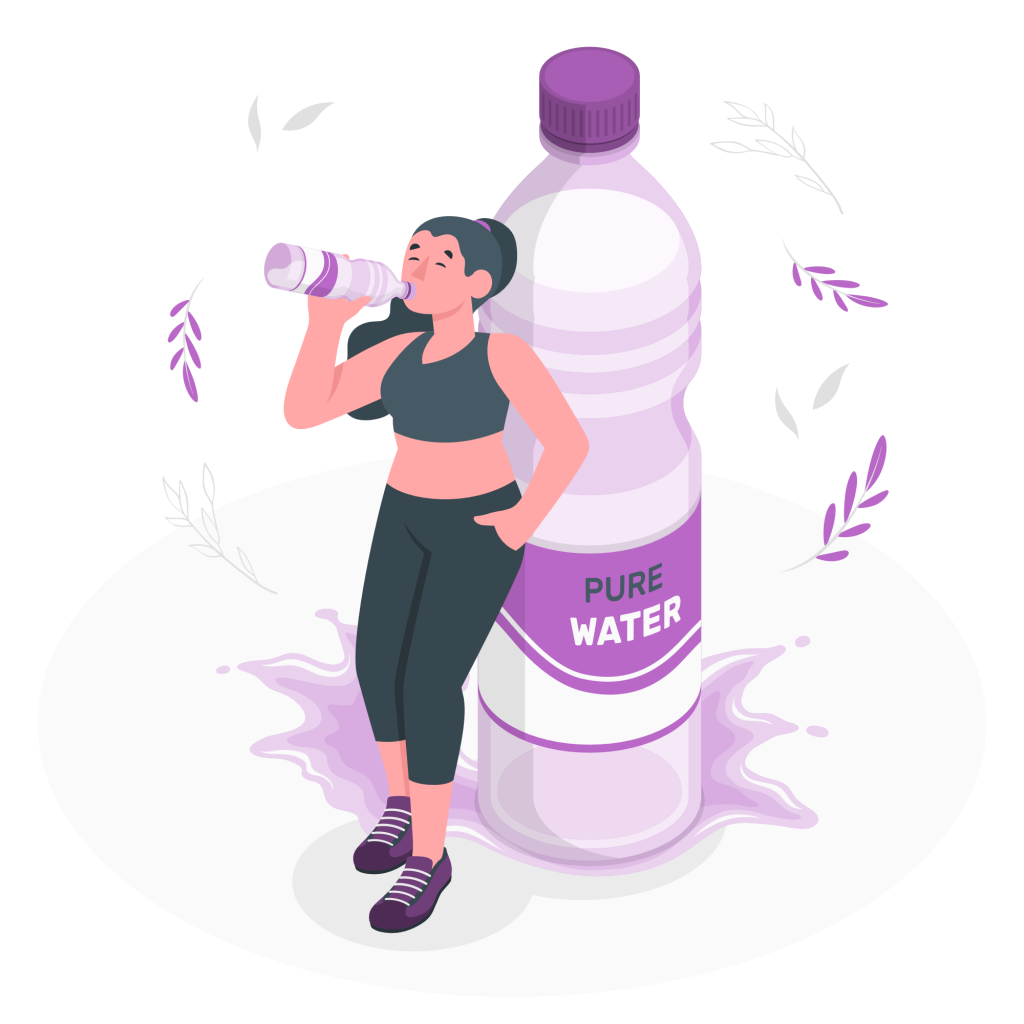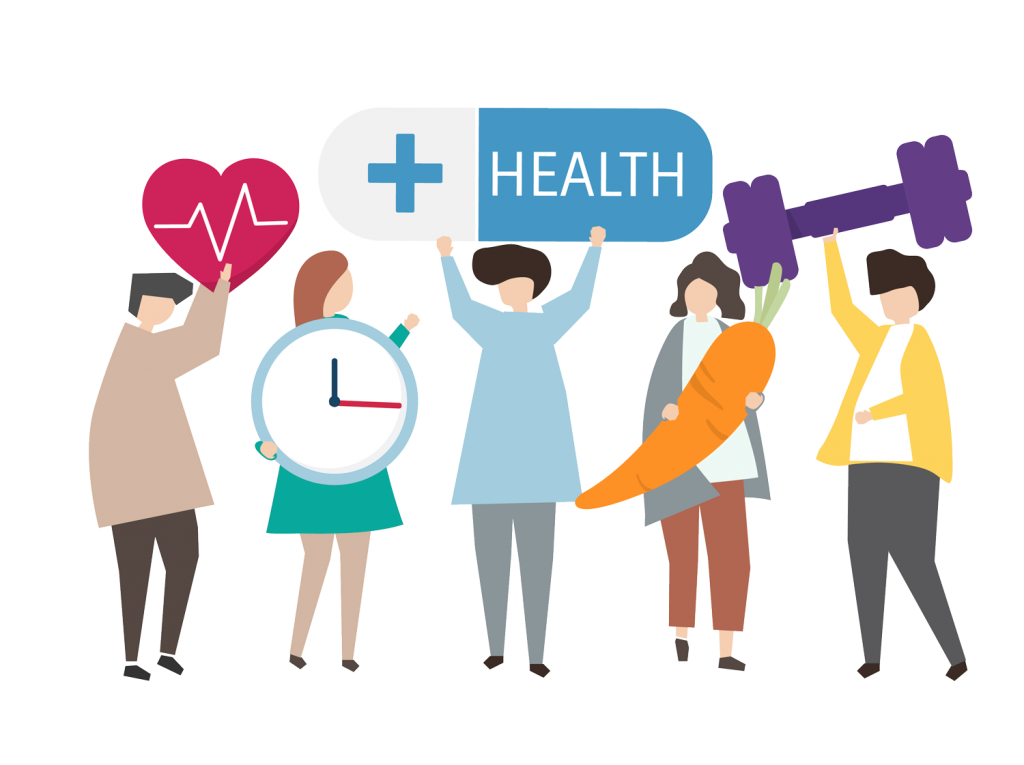CONTACT US: 0919 058 5858 | 02 899 51920
CONTACT US:
0919 058 5858 | 02 899 51920











Working at your desk in front of a computer all day can be tough on the eyes, head, neck, and back. Remember to sit up straight and shift positions every now and then. Do some simple and easy stretches to release the tension from your neck, shoulders, and arms.
Give yourself short breaks between tasks by standing up and walking around the office. You can also do some quick stretching exercises. Give your eyes a break too by turning the brightness down. Relieve dry eyes by applying ‘artificial tears’ (over-the-counter lubricating eye drops).


